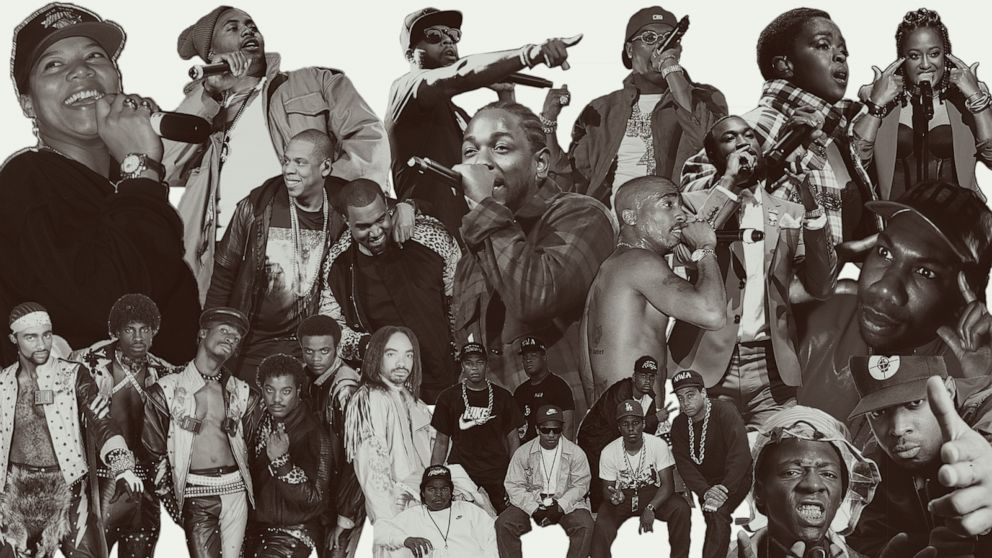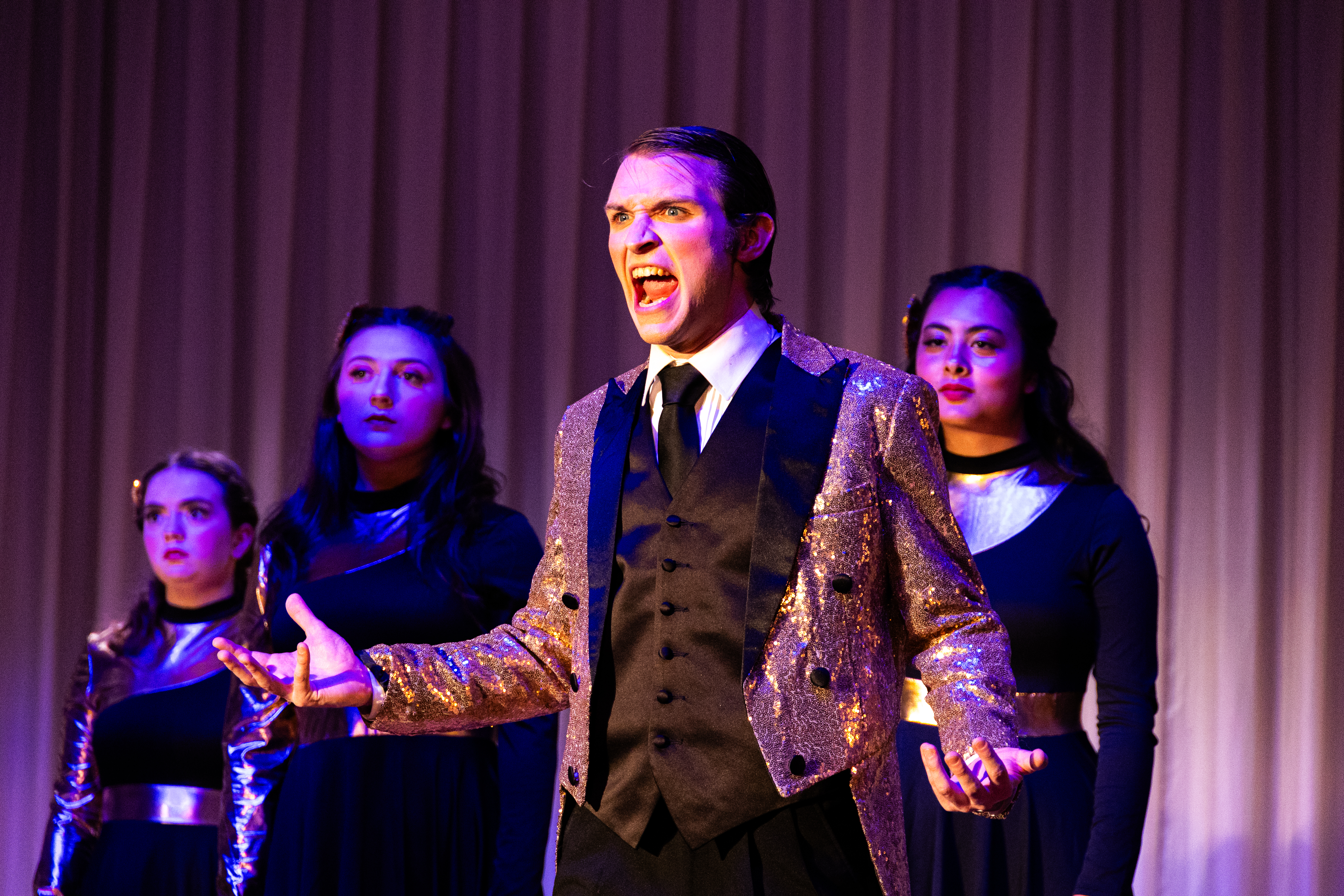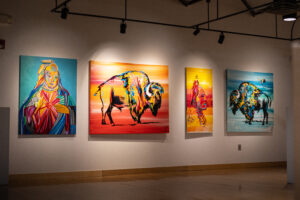2023 marks an anniversary pivotal to the history of music. 50 years ago, the genre known today as hip-hop was born.
The origins of hip-hop date back to Aug. 11, 1973, and an 18-year-old from the Bronx named Clive Campbell, better known as DJ Kool Herc.
Campbell, along with his younger sister, decided to throw a back-to-school party. As many parties seem to be incomplete without music, the teens hung around listening to James Brown, Aretha Franklin and The Meters. Yet, something was different about the sounds they had grown up listening to.
The sound was a result of Campbell standing behind two turntables instead of one. He played two copies of the same record moving between the two and looping the percussion to give the beat more drive and activity.
From Campbell’s parties in the Bronx, hip-hop gradually moved outward, becoming a collaborative effort between Black, Latinx and Caribbean-American cultures. Campbell was still a large name in the community, and along with Grand Wizzard Theodore, Grandmaster Flash and Afrika Bambaataa, is considered a pioneer of hip-hop.
In 1979, Sugarhill Gang, a rap trio from Englewood, NJ, released “Rapper’s Delight,” a track which is considered to have been the first hip-hop record. This song brought the genre into the broader part of the United States.
By the 1980s, hip-hop had officially broken through. Various artists experimented with sampling, as well as metaphorical lyrics which are the foundations for modern rap today. New technologies of the ’80s also helped hip-hop grow, most notably the drum kits and in particular the 808.
By the mid ’80s, various artists produced shorter, more radio friendly hip-hop tracks. These songs focused on minimalism, sometimes nothing more than a rhythm with a melodic rap line on top.
This “new school hip-hop” moved away from the funk and party rhymes of its forefathers and dove into more socio-political commentary. Artists like RUN-D.M.C, LL Cool J, and the Beastie Boys were pioneers in the mid- ’80s version of this genre.
The golden age of hip-hop, however, was during the late ’80s through the ’90s. Arguably, this was the era in which the genre was at its most commercially successful, pushing out two artists who are considered the most legendary rappers of all time: Tupac and The Notorious B.I.G.
The 1990s also saw one of the first of many hip-hops subgenres. Known as “gangsta rap,” this offshoot placed emphasis on the lifestyle of inner-city youth and birthed artists such as Ice-T, Snoop Dogg, and most famously, N.W.A.
By the end of the ’90s, many of today’s hip-hop artists began to emerge. These were, but not limited to, Jay-Z, Lil Wayne, Nelly, Eminem and 50 Cent.
Entering into the new millennium, hip-hop became more diverse in its musical inspirations. Artists like Outkast, Kanye West and even modern rappers like Kendrick Lamar and Kid Cudi used various sounds and instrumentation to appeal to a wider range of people. These could be anything from guitar solos, string orchestrations and much more. This experimentation has only grown in the wake of modern music and streaming.
The world is 50 years past hip-hop’s inception and the genre has never been stronger. While it once defined a small New York street along with break-dancing and graffiti, it now holds a firm place in the broader music industry of the 21st century.











Be First to Comment